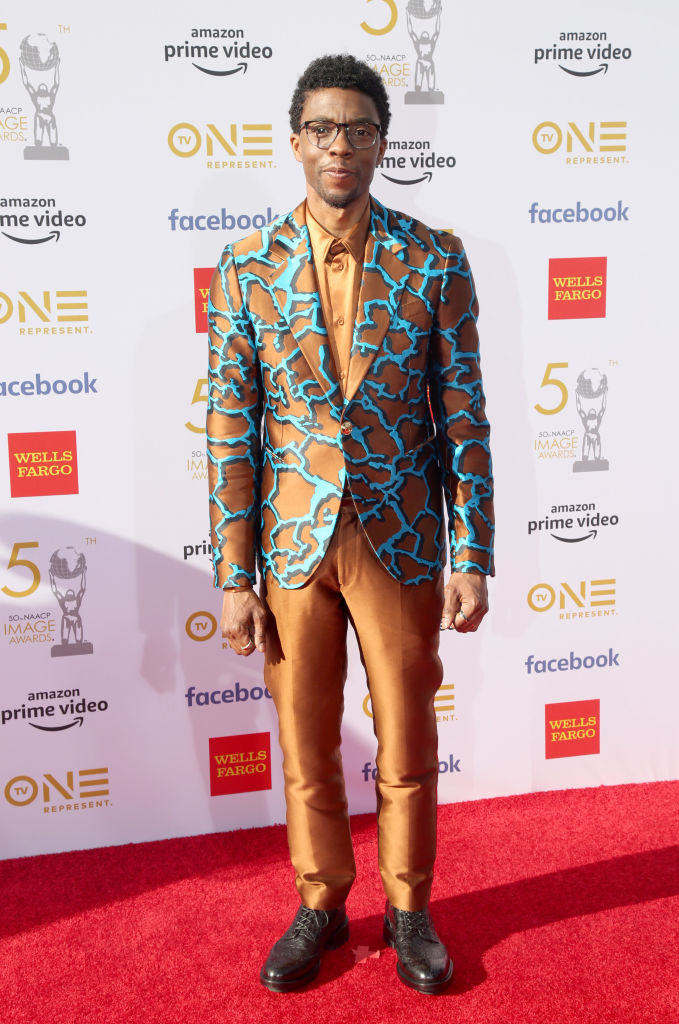
Nicole Miller, founder of the fashion label Nicole Miller, Photo Credit: Courtesy of Nicole Miller
Courtesy of Nicole MillerLegendary designer Nicole Miller is synonymous with many different realms of fashion, from her signature design elements (which include color-blocking, luxe fabrics and graphic prints), to her first fashion show in 1991 that featured supermodels Naomi Campbell, Linda Evangelista and Christy Turlington. More than 35 years after launching her namesake brand, Miller's relevance and ability to plug into a new generation of millennials is testament to her business prowess and visionary trendsetting talent.
Miller has expanded her empire from apparel, to a lifestyle brand that includes shoes, jewelry, home, bath, and kitchen (the latter was an especially organic move, as Miller is passionate about entertaining and cooking). A line of activewear will be launching in August 2019.
Off the heels of an acclaimed New York Fashion Week presentation this past February that focused on sustainability and the life balance so many of us are aiming to achieve, I spoke to Miller about the importance of reinvention, how she's inspiring a younger generation of fashion lovers, and how she incorporates sustainability into her day-to-day life.
Karin Eldor: I loved how your most recent show at New York Fashion Week in February 2019 focused on sustainability, as does your presentation at Shanghai Fashion Week, this April. Why did you decide to choose this as your focus?
Nicole Miller: I've actually been focusing on sustainability for a while — even eight or 10 years ago, we had a line of carbon neutral men's ties. Since I've been going along this path, I decided I would start with some vintage sweaters that I upcycled for these shows. I've been doing that with denim for a couple of seasons already, using vintage pieces of denim on my clothing. I also started thinking about everyone's concerns and their everyday lives, and how so many people are worried about their future. It’s a commentary on seeking balance and still enjoying your life. I'll often have a theme around a place or time in history, or a location, so I've evolved over the years and gotten less thematic in my collections, but there's always a point of view.
Eldor: How do you walk the eco-friendly talk at work, for example?
Miller: I've always been very militant about not wasting things at our office. We always had filtered water instead of plastic bottles, and today there are no plastic cups in the office, there are only paper cups. We always recycled everything. We've never thrown our hangers away and we recycle plastic bags. We've always tried to conserve as much as we can and get that message out there about waste, even in our e-blasts. I'm trying to instill change in people's way of thinking, so that everyone can lower their own carbon footprint.
Eldor: As a founder, what are some tips you have for successfully navigating a brand evolution?
Miller: I feel people get in ruts and get too comfortable, and I think it's always about breaking your habits and trying to do different things. The longer you're in business, people tend to pigeonhole and typecast you. And they would even say about me, "Oh right, she makes dresses," but meanwhile my bestselling items are blouses. So you always have to challenge those things. And for those who are trying to reinvent themselves or pivot, you have to change your habits and do things differently from what you normally do.
Eldor: What are some ways in which you've kept your fingers on the pulse of the conversation and dialed into the trends?
Miller: We've been very "on it" with social media and we've worked with a lot of different influencers who are very popular, and made a lot of good relationships in that area, so I think that's really important. But having said that, I feel like that room is getting very crowded. Every day there's a new influencer, so the ones who started at the beginning of all this are very powerful now.
Eldor: Do you have any tips for founders who might need to pivot, in terms of their branding or business model (such as adding new product categories, or taking on a whole new direction)?
Miller: The longer you're in business, the more you want to branch out and become a lifestyle brand and get into different categories. And I cook a lot, so it makes sense for me to have cooking utensils. I'm also always trying to reinvent myself, so I'm always trying to add another category so that others don't just think of me as "the dress designer." I'm in all these different areas as a lifestyle brand and it makes the brand stronger.
I have this theory: you need to keep doing things, or else they're going to forget about you.
Eldor: I love that the Nicole Miller brand is speaking to and appealing to a whole new, younger generation. How do you manage this, what's your secret?
Miller: I stay current because I always have young staff, and they keep me in tune with what's happening with music and trends, and certainly with the lingo! You've got to make sure that you keep up with the language. I also often go to art shows and travel. Last week I went to four movie screenings, because it's always important to know what's going on! It's hard to keep up with everything, but I try to.
https://www.forbes.com/sites/karineldor/2019/03/31/famed-fashion-designer-nicole-miller-now-speaks-to-a-new-generation/
















:no_upscale()/cdn.vox-cdn.com/uploads/chorus_asset/file/15991391/191342F110019_4.jpg)
:no_upscale()/cdn.vox-cdn.com/uploads/chorus_asset/file/15991393/01_08_19_Studio_1_RM_17_23_44_JB1824_MultiColor___17_JD.jpg)
:no_upscale()/cdn.vox-cdn.com/uploads/chorus_asset/file/15991483/hb_1973.282.2.jpg)
:no_upscale()/cdn.vox-cdn.com/uploads/chorus_asset/file/15991484/GettyImages_955767094.jpg)
:no_upscale()/cdn.vox-cdn.com/uploads/chorus_asset/file/15991497/sa_sq2.jpg)
:no_upscale()/cdn.vox-cdn.com/uploads/chorus_asset/file/15991499/layeredstudio_202_3_CROP.jpg)
:no_upscale()/cdn.vox-cdn.com/uploads/chorus_asset/file/15991503/M116595RBOW_0001_1801ac_005.jpg)
:no_upscale()/cdn.vox-cdn.com/uploads/chorus_asset/file/15991544/Screen_Shot_2019_03_27_at_9.08.42_PM.png)